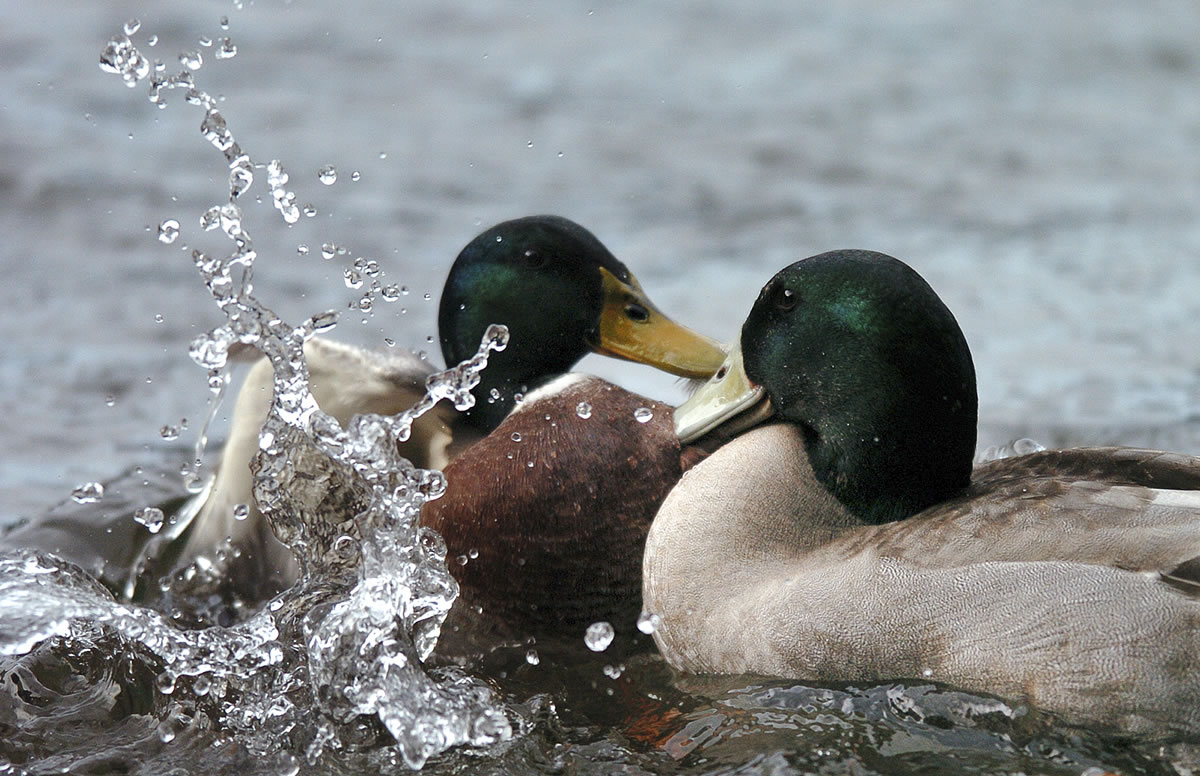SEATTLE — Waterfowl hunters can expect to have success this fall and winter.
The U.S. Fish and Wildlife Service released its preliminary report on North American breeding ducks and habitat, and the population is about 48.6 million compared to 45.6 million last year.
That figure is also 43 percent above the 1955 to 2010 long-term average.
This year’s estimate is a record high, and only the sixth time in the survey’s history that the total duck population exceeded 40 million, according to the U.S. Fish and Wildlife Service.
In Washington state, waterfowl numbers are going to be ideal, judging by early surveys in northern breeding grounds.
“It looks like another good year for waterfowl, and last year was a record,” said Don Kraege, a state Fish and Wildlife waterfowl manager. “We have higher numbers again this year, so it could be another record year.”
Waterfowl counts in Alaska and northern Alberta both had big increases as well as southern Alberta, which is another important area to our flyway.
Last year, production in those places was down in the 20 to 30 percent range, but has bounced back.
The big unknown is the snow geese population.
“Unfortunately for snow geese there have been some changes (or lack of information) in surveys conducted by Russian biologists on Wrangell,” Kraege said.
“For local breeding, Canada geese are looking good, and we plan to possibly have a hunt reinstated this fall,” Kraege said. “Alaska also has a good number of geese, which contribute to our area.”
Kraege says brant breeding areas were in good shape, and that should help hunting success.
By the numbers
Highlights from the U.S. Fish and Wildlife survey on population estimates from United States, northern Canada and Alaska are:
Mallards are at 10.6 million, a 15 percent increase over last year and a 39 percent increase over the long-term average.
Gadwall is 10 percent above last year’s estimate, and 96 percent above the long-term average.
American wigeon increased 3 percent from last year, but remains 17 percent below the long-term average.
Green-winged teal and blue-winged teal were 3.5 million and 9.2 million, 20 percent and 3 percent above last year.
Both are well above the long-term averages by 74 percent and 94 percent, respectively.
Northern shovelers is 5 million, 8 percent above last year, and 111 percent above the long-term average.
Northern pintails are at 3.5 million, 22 percent down from last year’s estimate, and 14 percent below the long-term average.
Redhead was unchanged from last year, but 89 percent above the long-term average.
Canvasback was 800,000, 10 percent above last year’s estimate and 33 percent above the long-term average
Scaup was 5.2 million, 21 percent above last year and 4 percent above the long-term average.



